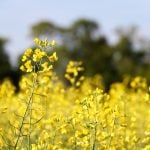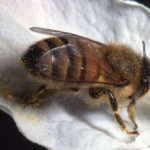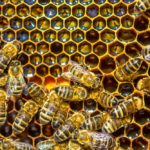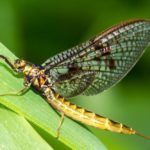Health Canada’s pesticide regulator proposes to allow continued registration for two members of the neonicotinoid family of pesticides, both of which are under heavy scrutiny for their effects on bees and other pollinators. The Pest Management Regulatory Agency on Tuesday issued proposed decisions on clothianidin and thiamethoxam that would extend the products’ existing conditional registrations













